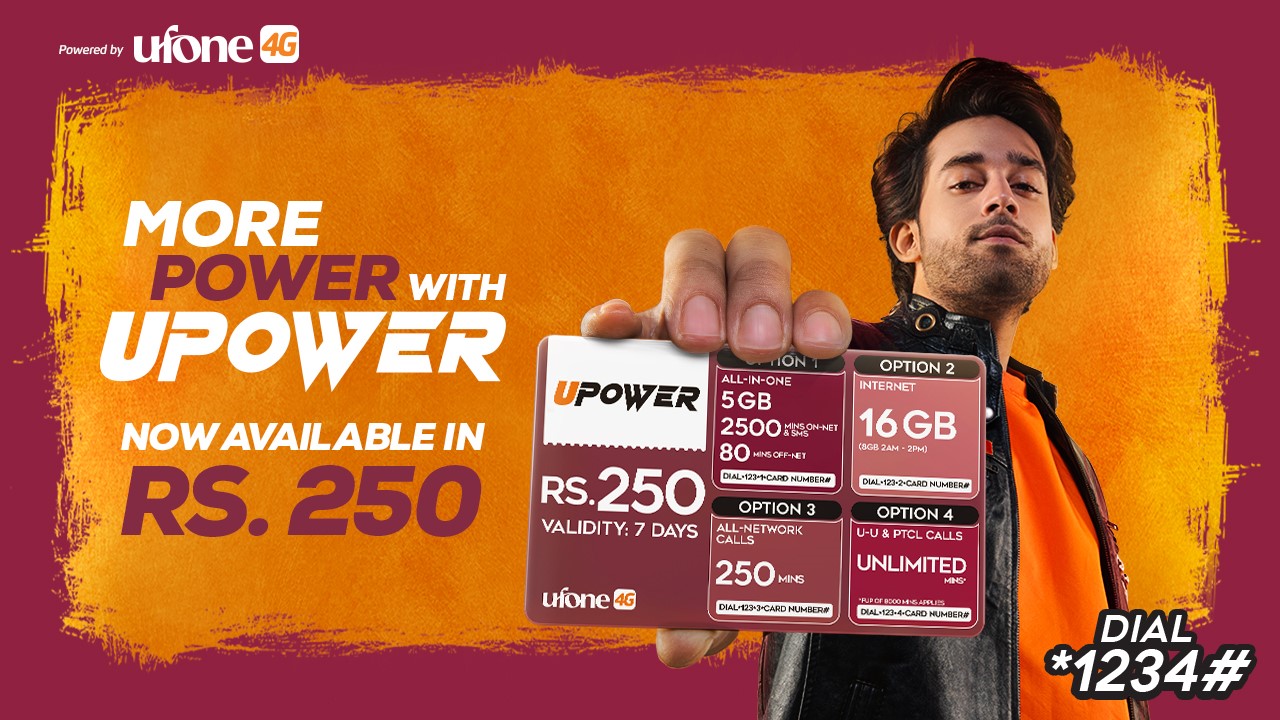
Introduction to MP4 Compression
If you’re a movie buff, you know the struggle of managing large file sizes without sacrificing quality. The MP4 format has been a game-changer in the world of digital video, offering high-quality visuals and audio while keeping file sizes manageable. But with so many options for MP4 compression out there, how do you choose the right one? Fear not! We’ve consulted with an expert in movies to give you tips on choosing the best compression method for your needs and getting stunning results every time. Read on to become an MP4 movies guru!
The Different Types of MP4 Compression
When it comes to MP4 compression, there are different types that you can choose from depending on your needs. One of the most popular types is H.264 or AVC (Advanced Video Coding), which offers high-quality video at relatively low bitrates. This type is widely used for streaming services like Netflix and YouTube.
Another popular type is HEVC (High-Efficiency Video Coding), also known as H.265, which offers better quality than H.264 while maintaining a similar file size. However, this type requires more processing power and may not be compatible with all devices.
For those who prioritize small file sizes over quality, MPEG-4 Part 2 or DivX can be a good option as they offer decent quality at very low bitrates. However, these types may result in noticeable artifacts and pixelation.
If you need lossless compression for professional use such as editing and post-production work, ProRes or DNxHD codecs would be ideal choices.
Ultimately, choosing the right MP4 compression depends on your specific needs – whether it’s for streaming online or editing purposes – so make sure to consider each type’s strengths before making a decision.
How to Choose the Right MP4 Compression for Your Movie
When it comes to choosing the right MP4 compression for your movie, there are a few things you need to consider. The first thing is the purpose of your video. Are you creating a high-quality film or just a casual home video? This will determine what kind of compression you should use.
Next, think about the file size and storage requirements. A higher quality compression will produce better image and sound quality, but also result in larger file sizes. If you’re working with limited storage space or bandwidth restrictions, then a lower quality compression might be more suitable.
Another factor is compatibility with different devices and players. Some compressions may not be supported by certain devices or software programs, so make sure to check compatibility before finalizing your choice.
Consider the processing power required for playback. Higher quality compressions can require more processing power from both the device playing back the video as well as any editing software used during production.
It’s important to weigh these factors when choosing an MP4 compression that best suits your needs and goals for your movie.
Tips for Getting the Best Results from MP4 Compression
When it comes to MP4 compression, there are several tips that can help you achieve the best possible results for your movie. Here are some of the most important ones:
1. Use a high-quality source video: The quality of your source video will have a big impact on the final compressed version, so make sure you use a high-resolution and well-lit footage.
2. Choose the right codec: There are various codecs available for MP4 compression, but H.264 is considered one of the best options as it balances good quality with small file sizes.
3. Experiment with different bitrates: Bitrate determines how much data is used per second to display your video and audio content. By experimenting with different bitrates, you can find out what works best for your particular movie.
4. Adjust keyframe intervals: Keyframes specify when an entire image or frame should be displayed instead of just changes within frames. By adjusting keyframe intervals properly, you can reduce visual artifacts in your compressed footage.
5. Consider using variable bitrate encoding: This technique adjusts bitrate according to scene complexity and movement which leads to better visual output
By following these tips and finding what works best for your individual project, you’ll be able to unlock the secrets of MP4 compression like an expert!
Conclusion
MP4 compression is an essential aspect of movie production that cannot be overlooked. It helps in reducing the size of the video file without compromising its quality and ensures seamless playback on various devices.
As a movie guru, understanding the different types of MP4 compression and how to choose the right one for your project is crucial. Additionally, implementing best practices like optimizing bit rate, frame size, and audio settings can help you achieve excellent results.
With this comprehensive guide at your disposal, you can unlock the secrets of MP4 compression and create stunning movies that captivate your audience while keeping file sizes in check. Happy compressing!







